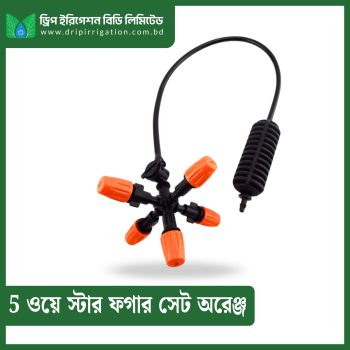
[ad_1]
Agriculture has historically been one of Bangladesh’s crucial sectors, making significant contributions to the economy and meeting the food demands of its population. However, with climate change causing unpredictable weather patterns and farmers facing a severe shortage of arable land, the future of agriculture in Bangladesh seemed uncertain. But an innovative farming technique called dragon cultivation, an age-old method originated from China, has sparked new hope for the country’s agricultural future.
Dragon fruit, also known as pitaya, is a fruit-bearing cactus native to the Americas. The fruit’s popularity boomed in Asia and is now cultivated across the continent, known for its impressive nutrient profile and unique appearance. Dragon cultivation involves meticulously planting and nurturing this cactus to produce its juicy and nutritious fruit, which is incredibly resilient to weather changes.
The benefits of dragon cultivation have not gone unnoticed in Bangladesh, where a local agriculture company, Shuddho, has taken the initiative to introduce this new and exciting farming technique to local farmers. The method has gained popularity among farmers as it can produce a whopping 40-45 tons of fruit per hectare with proper care and maintenance. This quantity is significantly higher than traditional crop yields in the same area, making it a promising alternative for farmers to boost their income.
A considerable advantage is that dragon cultivation can be done in a smaller area, with minimal equipment and investment, making it a great option for small-scale farmers. Furthermore, the fruit’s short maturity cycle of only two and a half years results in speedy returns on investment. The fruit’s versatility in the kitchen, high nutritional value, and demand in the market only adds to its appeal as a crop among farmers.
Apart from being a financial success, dragon cultivation is also a sustainable practice that can help mitigate climate change’s impact on agriculture. The crop can thrive in dry conditions with minimum irrigation, offering an alternative income source in drought-prone areas. By utilizing barren lands and reducing the use of agrochemicals, dragon cultivation is also a step towards promoting eco-friendly farming practices.
In conclusion, dragon cultivation has ignited a new industry in Bangladesh, offering hope for its agricultural future. Its resilience to unpredictable weather conditions, high yield, and sustainability make it a promising alternative to traditional crops. By introducing innovative and eco-friendly farming practices like this, the country can revamp its agricultural sector and pave the way to a more sustainable future.
[ad_2]






















